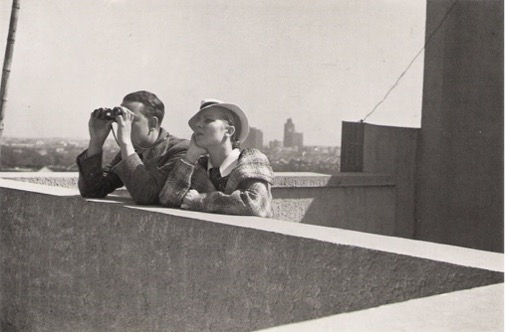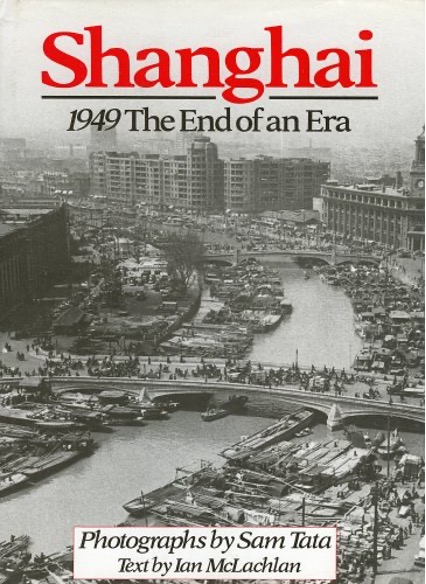Archive
Sam Bejan Tata
- Sam
- Bejan
- Tata
- 30-09-1922
- Shanghai (CN)
- 03-07-2005
- Sooke (CA)
- Photographer
Sam Tata, descendant of a Parsi family of merchants from India, was a photographer and photojournalist. He is known for his documentary style, his portraits and his documentation of the arrival of the victorious Communist troops in Shanghai in 1949 at the end of the Sino-Japanese War (1946) and the Civil War.
Word Count: 50

Sam Tata, Rooftop Watchers, Sino-Japanese War, 1 January 1937, Shanghai, postcard (© authors collection). 
McLachlan, Ian and Sam Tata. Shanghai 1949 – The End of an Era, New Amsterdam Books, 1989. Cartier-Bresson, Henri and Barbara Miller. China. Photographs and notes on fifteen months spent in China. Ishi Press, 2020.
Landscape on Negatives. A special exhibition of Long Chin-San's Photographs Works. exh. cat. Hubei City Museum, Cultural Relics Press, 2012.
Tata, Sam. Shanghai. 1949: The End of an Era. New Amsterdam Books, 1989.
Tata, Sam. A Certain Identity: 50 Portraits by Sam Tata, Deneau, 1983.Yinxing Liu, Mia. “The ‘Emulative’ Portraits: Lang Jingshan’s Photography of Zhang Daqian.” Composite Realities: The Art of Photographic Manipulation in Asia, vol. 6, no.1, 2015.
Archives and sources:
National Gallery of Canada, Ottawa
National Portrait Gallery, LondonWord Count: 92
National Gallery of Canada, Ottawa
National Portrait Gallery, LondonWord Count: 8
Hongkong (1952–1956), Canada
330 Szechuan Road, Hongkou (Sichuan Bei Lu, Hongkou Qu) Shanghai
- Shanghai
- Mareike Hetschold. "Sam Bejan Tata." METROMOD Archive, 2021, https://archive.metromod.net/viewer.p/69/2952/object/5138-11786425, last modified: 20-06-2021.
-
Victor SassoonEntrepreneurShanghai
Victor Sassoon was a descendant of the Baghdadi Jewish Sassoon merchant family. He contributed significantly to a real estate boom in Shanghai in the 1920s and 1930s and helped European Jews in the Shanghai Ghetto. An ambitious amateur photographer, he produced many images of people and events of the time.
Word Count: 50